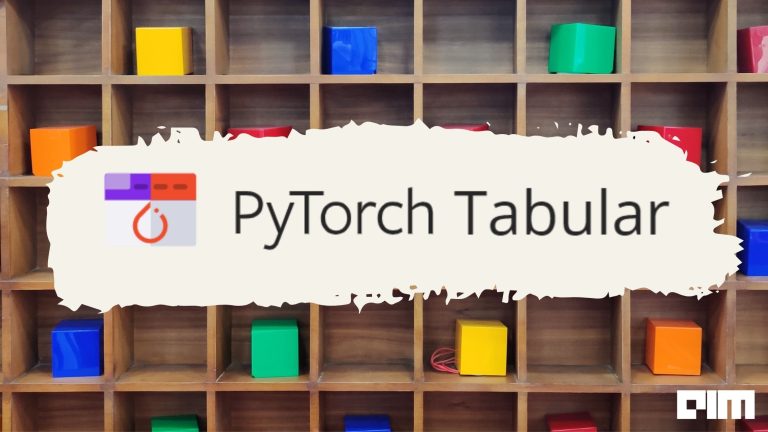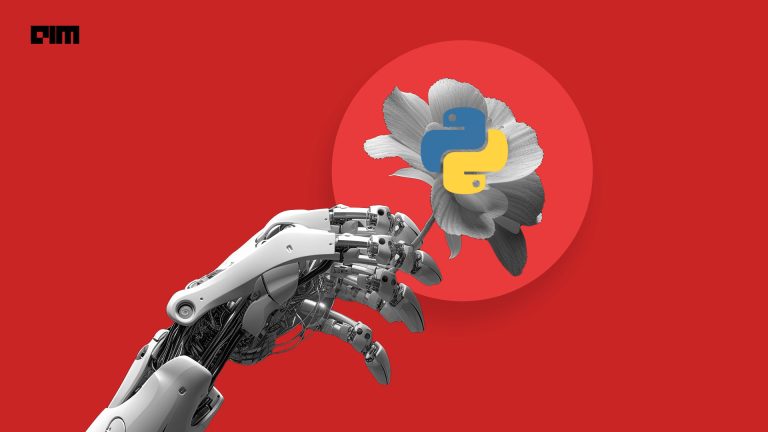HMDB-51 is an human motion recognition dataset with 51 activity classifications, which altogether contain around 7,000 physically clarified cuts separated from an assortment of sources going from digitized motion pictures to YouTube.It was developed by the researchers: H. Kuehne, H. Jhuang, E. Garrote and T.Serre in the year 2011.
The dataset contains 51 particular activity classes, each containing at any rate 101 clips for an aggregate of 6,766 video cuts extricated from a wide scope of sources. The labels for each clip incorporate the camera viewpoint, the video quality, and the number of entertainers engaged with the activity.
The actions classes can be divided into five types:
1) face actions: laugh, chew, talk
2) face actions with object manipulation: smoke, eat, drink
3) body movements: clap hands, climb, dive, fall, backhand flip, hand-stand, walk, push up, run
4) Body movements with object interaction: swing bat, kick football, brush hair, catch, draw sword, play tennis, hit something, kickball, pick, pour, ride bike, lay badminton, shoot ball, throw;
5) body movements for human interaction: hug someone, kick, kiss, punch, shake hands, sword fight.
Here, we will examine data contained in this dataset, how it was gathered, and provide some benchmark models that gave high precision on this dataset. Further, we will implement the HMDB using Pytorch and Keras Library.
Data Collection
To gather human movements that represent regular activities, a group of students were asked to watch video recordings from different web sources like Youtube and Google recordings and clarify any section of these recordings that speaks to a single human activity. They were instructed to consider a minimum quality standard like a single action per clip, at least 60 pixels in tallness for the principle actor, minimum contrast level, least 1 second of clasp length, and adequate pressure artefacts. They used Amazon Mechanical Turkers (AMT) tool to check if the clip contains the activity or not. A few clips may contain common video material. In this way, the dataset was refined by watching that only one clip is taken from each video.
Loading the dataset using Pytorch
The dataset can be downloaded from the following link.
Import all the libraries required for this project.
import torch import torch.nn as nn from torch.nn import functional as F from torch.utils.data import random_split, DataLoader from torch.optim.lr_scheduler import StepLR import torchvision from torchvision import get_video_backend from torchvision.models.video import r3d_18 from torchvision import transforms
We need to transform the dataset using data augmentation.It can help to get more information by adding minor changes to our current dataset. For example flips or resize or add brightness to the image.
data = torchvision.transforms.Compose([ T.ToFloatTensorInZeroOne(), T.Resize((128, 171)), T.RandomHorizontalFlip(), T.Normalize(mean=[0.43216, 0.394666, 0.37645], std=[0.22803, 0.22145, 0.216989]), T.RandomCrop((112, 112)) ])
Next step is to load the dataset with batch size 32.
hmdb51_training = torchvision.datasets.HMDB51('video_data/', 'test_train_splits/', num_frames,
step_between_clips = clip_steps, fold=1, train=True,
transform=data, num_workers=num_workers)
batch_size=32
data_loader = DataLoader(hmdb51_training, batch_size=batch_size, shuffle=True, **kwargs)
The below result shows the state of the art of recognition results for HMDB-51 dataset.
Loading the dataset using Keras
Install the video generator using the pip command. Image data generator is used to augment the dataset.
pip install keras-video-generators import os import glob import keras from keras_video import VideoFrameGenerator
We need to define the parameters that can be passed to the model for training.
classes = [i.split(os.path.sep)[1] for i in glob.glob('videos/*')]
classes.sort()
# Parameters
Size = (112, 112)
channel = 3
Nbframe = 5
Batch_size = 32
# Data augmentation
data_augmentation = keras.preprocessing.image.ImageDataGenerator(
zoom_range=.1,
horizontal_flip=True,
rotation_range=8,
width_shift_range=.2,
height_shift_range=.2)
Load the dataset with different parameters.
# Create video frame generator
train = VideoFrameGenerator('data/train/',
classes=classes,
nb_frames=Nbframe,
split=.33,
shuffle=True,
batch_size=Batch_size,
target_shape=Size,
nb_channel=channel,
transformation=data_aug,
use_frame_cache=True)
State of the art
The present state of the art on HMDB-51 dataset is R2+1D-BERT. The model gave a precision of 85.10%. HAF+Bow is a nearby contender with a precision of around 83%.
Conclusion
In this article we described a dataset that can be used for human activity recognition.Further we have implemented this dataset with the help of Pytorch and Keras Library.With 51 action classes this HMDB-51 dataset is still a long way from catching the wealth and the full intricacy of video cuts normally found in the motion pictures or online recordings.


















































































